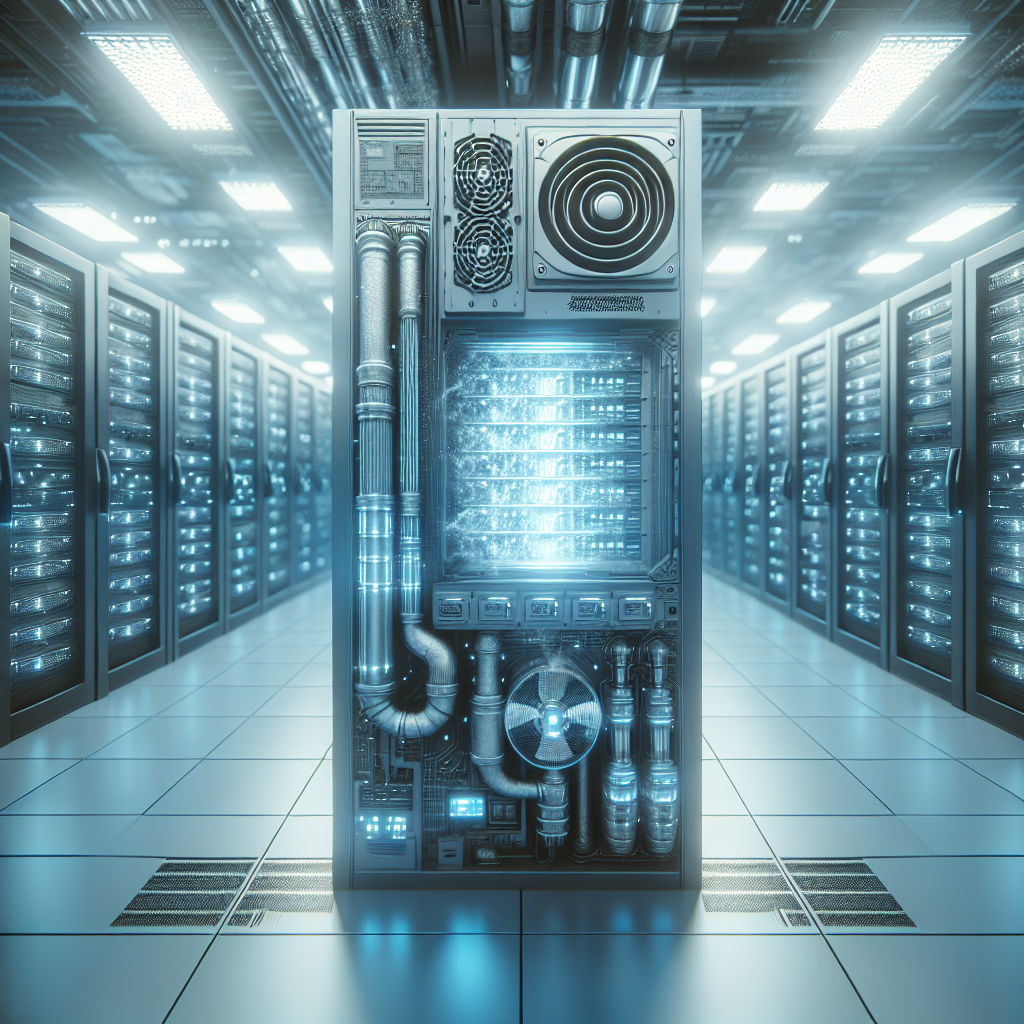Your cart is currently empty!
Emerging Technologies in Data Center Cooling: What You Need to Know

Data center cooling is a critical aspect of maintaining the efficiency and reliability of data centers, which are essential for storing and processing large amounts of data for businesses and organizations. With the increasing demand for data storage and processing capabilities, data center cooling technologies are constantly evolving to meet the needs of the industry.
Emerging technologies in data center cooling are revolutionizing the way data centers are cooled, making them more efficient, cost-effective, and environmentally friendly. Here are some of the key technologies that you need to know about:
1. Liquid cooling: Liquid cooling systems use water or other liquid substances to cool servers and other components in data centers. This technology is becoming increasingly popular as it is more efficient than traditional air cooling systems, reducing energy consumption and lowering operating costs. Liquid cooling also allows for higher power densities and better heat dissipation, making it ideal for high-performance computing environments.
2. Direct-to-chip cooling: Direct-to-chip cooling systems directly cool the processors and other components of servers, eliminating the need for air conditioning units and reducing energy consumption. This technology enables data centers to operate at higher temperatures without compromising performance, leading to significant energy savings and reduced carbon emissions.
3. Immersion cooling: Immersion cooling involves submerging servers and other components in a dielectric fluid to dissipate heat. This technology is highly efficient and can reduce cooling costs by up to 95% compared to traditional air cooling systems. Immersion cooling also eliminates the need for air conditioning units, reducing energy consumption and carbon emissions.
4. Indirect evaporative cooling: Indirect evaporative cooling systems use a heat exchanger to cool the air inside data centers without introducing moisture, making them ideal for humid environments. This technology is highly energy-efficient and can significantly reduce cooling costs while maintaining optimal temperature and humidity levels.
5. Artificial intelligence (AI) and machine learning: AI and machine learning technologies are being used to optimize data center cooling systems by analyzing data in real-time and adjusting cooling settings accordingly. These technologies enable data centers to operate more efficiently, reducing energy consumption and improving overall performance.
In conclusion, emerging technologies in data center cooling are transforming the way data centers are cooled, making them more efficient, cost-effective, and environmentally friendly. By staying informed about these technologies and implementing them in your data center, you can optimize cooling systems, reduce energy consumption, and improve overall performance. Stay ahead of the curve and invest in these innovative cooling technologies to ensure the success and sustainability of your data center operations.

Leave a Reply